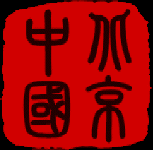 | JingShan Park | 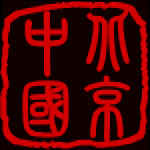 |
 | JingShan Park |  |
|
JingShan Park Introduction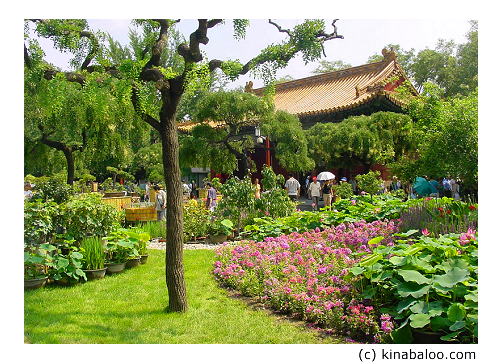 JingShan Park (Scenic Hill Park), a beautifully landscaped garden, lies directly north of the Forbidden City and a short walk east of BeiHai Park. It is 230,000 square meters (57 acres) in area and filled with fruit trees, pines and cypress trees. A garden here first appeared around 1180 during the Jin Dynasty, although in imperial times it was for the exclusive use of the emperor. The park is centered around a hill - almost the only one in Beijing city (there is another in nearby Beihai Park) - on the traditionally important north-south axis. This artificial hill was constructed from the earth and rocks excavated to form the moat of the Forbidden City and nearby canals, around 1420 when the Forbidden City was being constructed under Ming emperor YongLe. This is especially impressive when one considers that all of this material was moved without machinery.  The hill is 46m high - this doesn't seem very high but because Beijing is otherwise flat, the top offers good views, including the Forbidden City directly to the south and, indeed, the new city all around. To the north, one can see the ancient Drum and Bell Towers, a traditional feature of Chinese cities. To the west one can easily see Beihai Park and its hill-top White Dagoba. Look a bit further west (and a little south) and you will see the White Dagoba Temple, BaiTa Si. According to the dictates of Feng Shui, it is favorable to site a residence to the south of a hill (gaining protection from cold northerly winds). This was seen as particularly important for the new capital's imperial palace. Hence the hill is popularly known as 'Feng Shui Hill'. It is also known as 'Coal Hill', a direct translation of its old Chinese name (MeiShan) from a time when some say that coal was stored here. In 1655, during the Qing Dynasty, the name was changed to JingShan. 'Shan' means hill or mountain in Chinese.  In 1750, the 15th year of emperor QianLong's reign, five glazed tile pavilions were constructed along the brow of the hill, behind which a number of halls were also added. The highest pavilion is called WanChun Pavilion (Everlasting Spring Pavilion). There are four others - two each on the east and west sides. Originally, each of these pavilions contained a copper Buddha symbolizing the five kinds of taste: acid, spicy, bitter, sweet and salty. However, in 1900 the Allied Forces of the Eight Powers looted four of these five Buddhas, and the fifth was destroyed. It is said that the last emperor of the Ming Dynasty, ChongZhen, committed suicide by hanging himself from a tree here in 1644 after fleeing the Forbidden City as an insurrection approached. The original tree is gone; the present tree at this spot was planted in 1981. 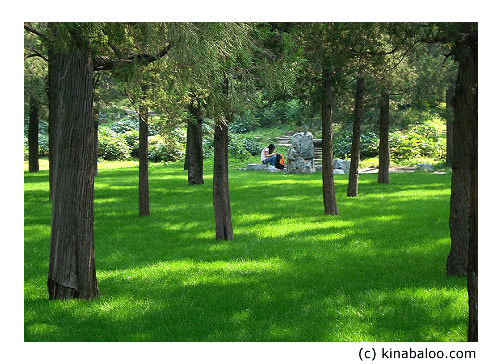 In the south of the park lies the two-storey QiWang Pavilion, at the foot of the hill facing the South Gate. Originally this housed a memorial tablet to Confucius. In the north of the park is ShouHuangDian (Hall of Imperial Longevity) where portraits of ancestors were housed, YongSiDian (Hall of Everlasting Memory) and GuanDeDian (Hall of Morals Observation), which were used as mourning places for deceased emperors during the Qing Dynasty. Today, these halls are used as a Children's Palace, music school and library. Like TianTan Park, JingShan is very popular with locals who gather in many groups to exercise, play music, sing and dance, especially on Sunday mornings and evenings. JingShan is also famous for its peonies. The best time for viewing the more than 200 varieties of peonies inside the park is from late April to mid-May. One can combine a visit to JingShan Park with Beihai Park which is virtually next door (on the west side). The easiest way to cross into Beihai Park is via the west gate, although from the south gate is also just a 5 to 10 minute walk. JingShan Park Video Guides [video v=l1os5fc88os] [video v=OvxvHdlD7OA] |
Share this page
|

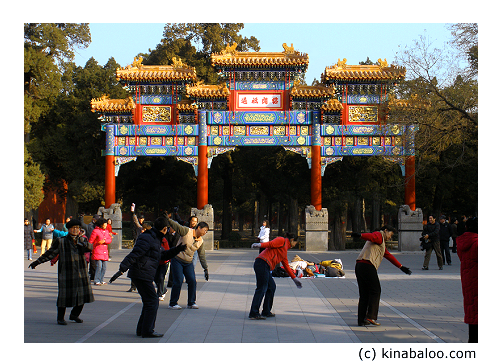


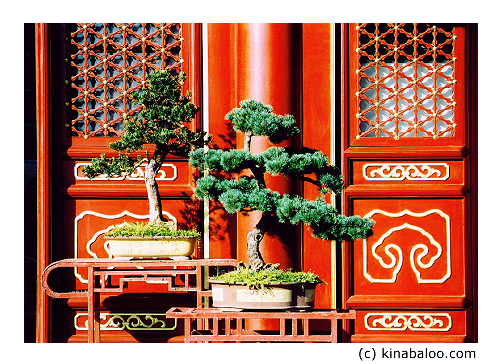

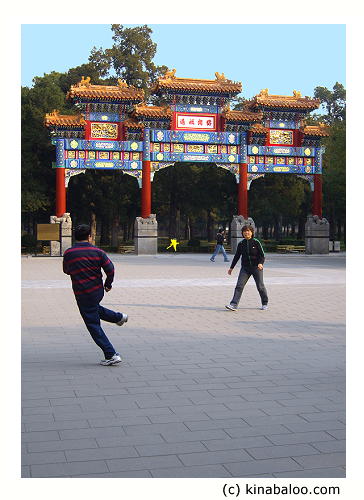







China Travel and Culture Videos Home